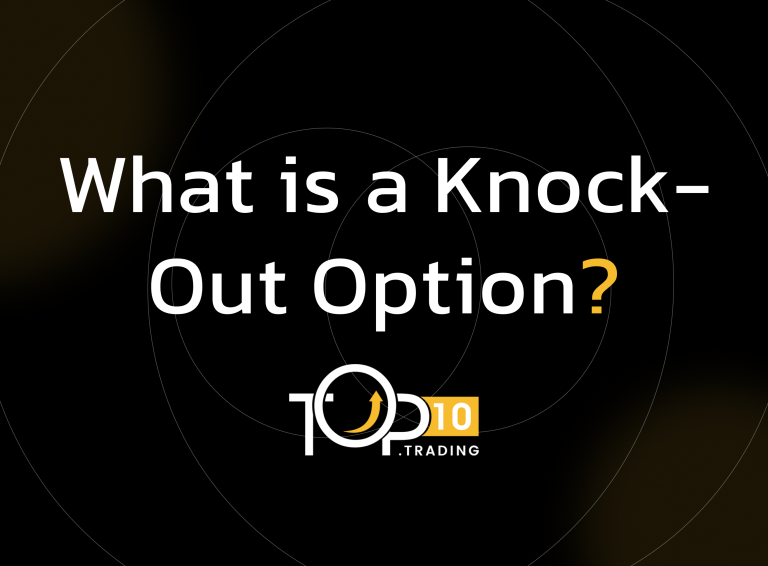Knock-Out Option Definition

A Knock-Out Option is an exotic barrier option that automatically expires worthless if the underlying asset’s price reaches a predetermined barrier level during its lifetime. It is designed to limit risk for sellers and reduce premium costs for buyers, commonly used in hedging and speculative strategies across forex, equities, and commodities markets.
Key Takeaways
- Automatic Termination: Knock-out options expire immediately if the underlying asset’s price breaches the barrier level.
- Cost Advantage: Lower premiums compared to standard options, ideal for defined-risk strategies.
- Strategic Flexibility: Available as up-and-out, down-and-out, or multi-barrier structures for tailored risk/reward profiles.
- Risk Management: Limits losses for sellers and caps potential gains for buyers, making them popular in volatile markets.
- Market Use: Widely used in forex and structured products for hedging and leveraged speculation.
Key Components
-
Barrier Level:
A predefined price that, if touched, immediately terminates the option. For up-and-out options, the barrier is above the current price; for down-and-out, it is below. -
Strike Price:
The price at which the option can be exercised if it remains active until expiration. -
Premium Cost:
Typically lower than standard options due to the risk of early termination.
Types of Knock-Out Options
-
Up-and-Out:
Terminates if the underlying asset’s price rises to or above the barrier. -
Down-and-Out:
Terminates if the price falls to or below the barrier. -
Double Barrier:
Features two barriers (above and below the current price), expiring if either is breached. -
Partial Knock-Out:
Reduces the payoff (rather than terminating entirely) if the barrier is hit.
How Knock-Out Options Work
-
1. Barrier Activation:
The option is active until the underlying asset’s price touches the barrier. Once breached, the contract is void, even if the price later reverses. -
2. Payoff Conditions:
If the barrier is never breached, the option behaves like a standard call/put, with payouts based on the strike price and expiration conditions. -
3. Monitoring:
Prices are tracked continuously (or at specific intervals) to determine if the barrier is triggered.
Applications
-
Hedging:
Limits downside risk by capping potential losses if the market moves unfavorably. -
Cost Efficiency:
Lower premiums make them attractive for traders with defined risk tolerance. -
Leveraged Speculation:
Allows traders to control larger positions with smaller capital, amplifying gains if the barrier remains intact.
Comparison to Knock-In Options
Feature | Knock-Out Option | Knock-In Option |
Activation | Terminates if barrier is breached | Activates only if barrier is breached |
Premium | Lower due to termination risk | Lower due to activation uncertainty |
Risk Exposure | Limits seller’s liability | Limits buyer’s upfront cost |
Example
An investor buys a down-and-out put option on Stock XYZ at a strike price of $50, with a barrier at $45. If XYZ’s price drops to $45, the option expires worthless. If XYZ stays above $45 and falls to $40 by expiration, the put option pays out the difference between $50 and $40.
Knock-out options offer precise risk control, making them indispensable for traders navigating volatile markets or seeking cost-efficient exposure.
